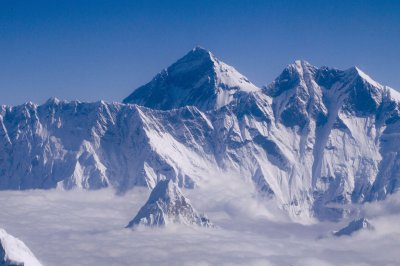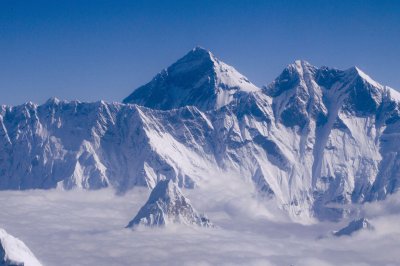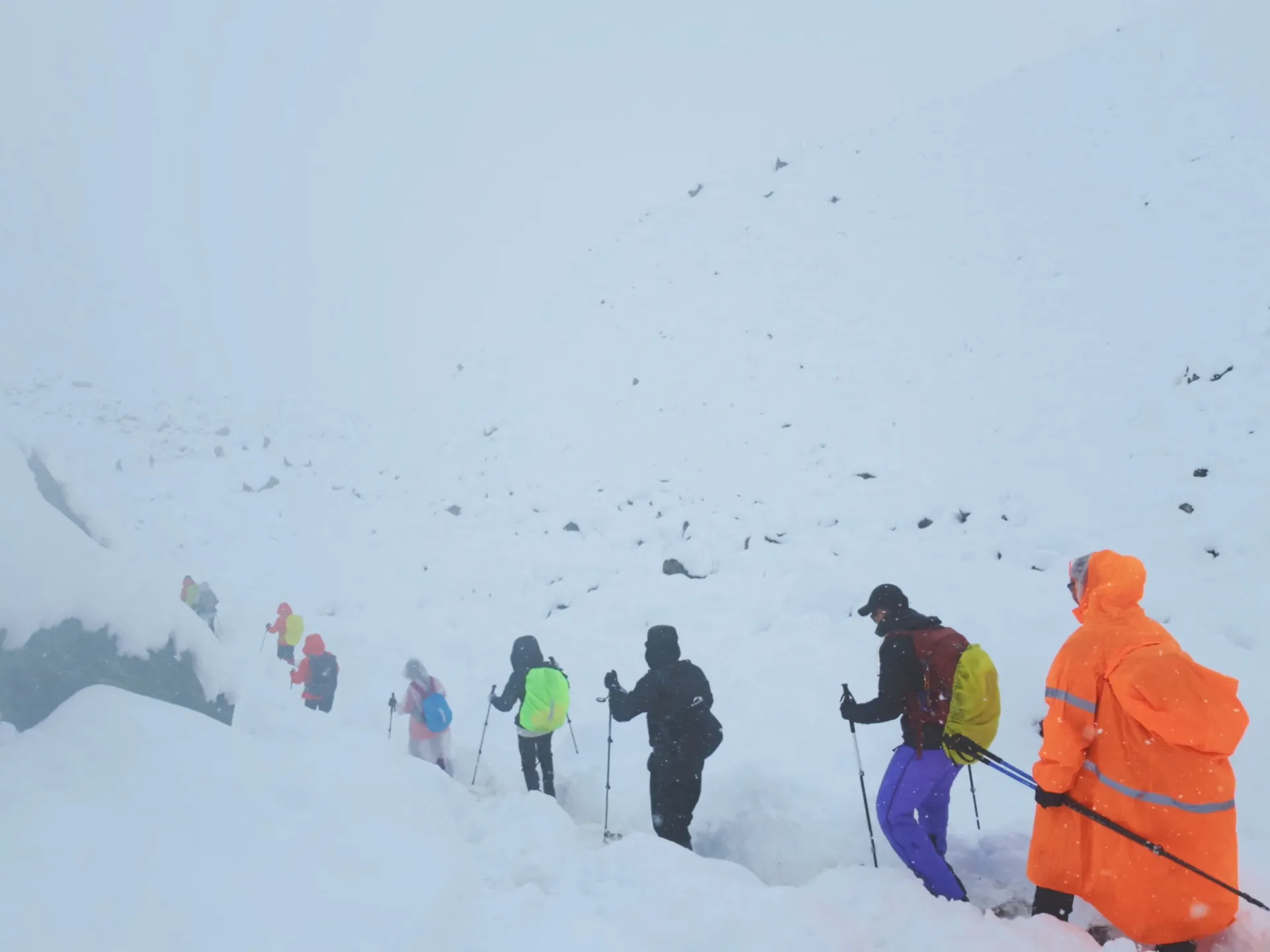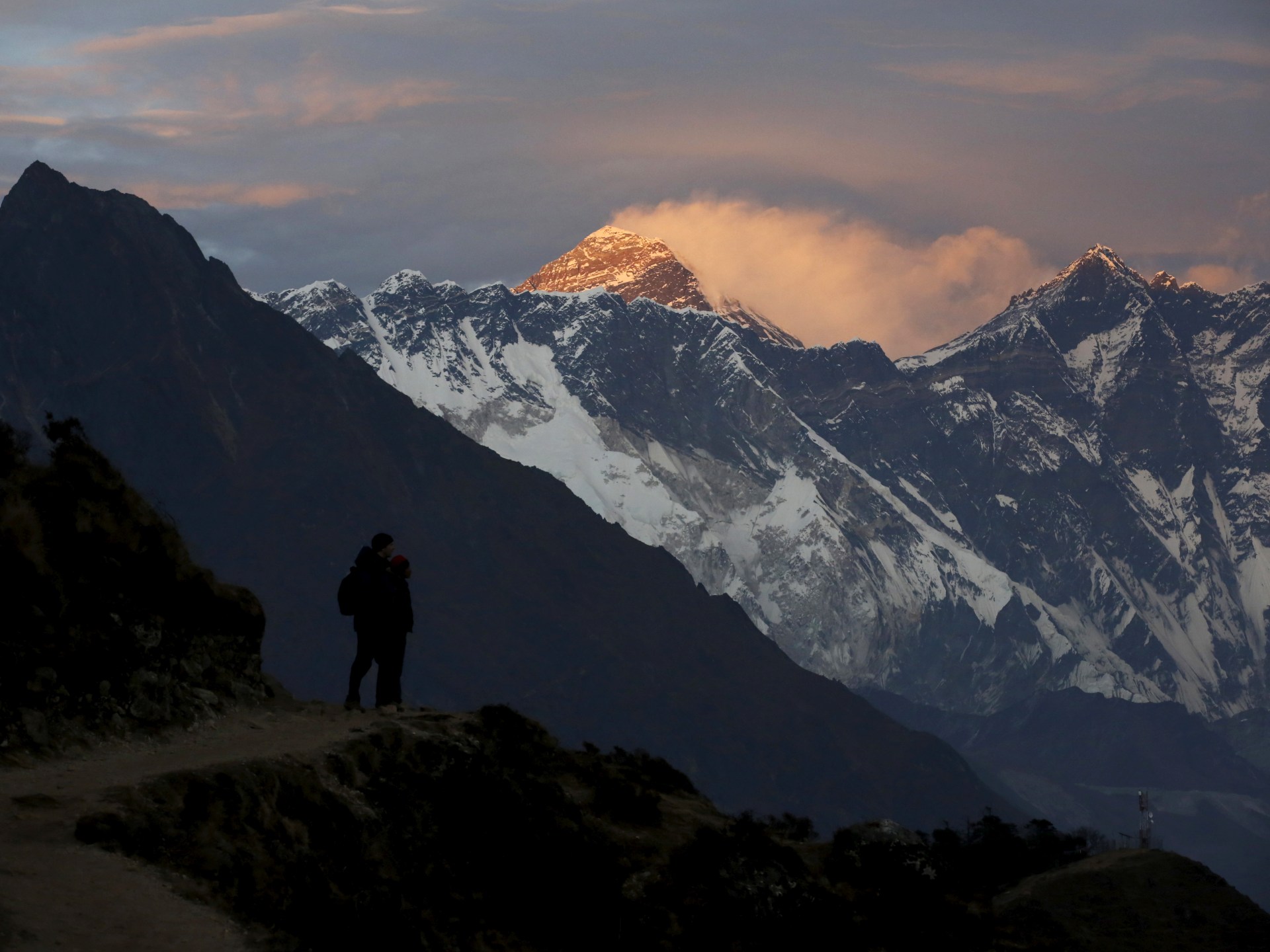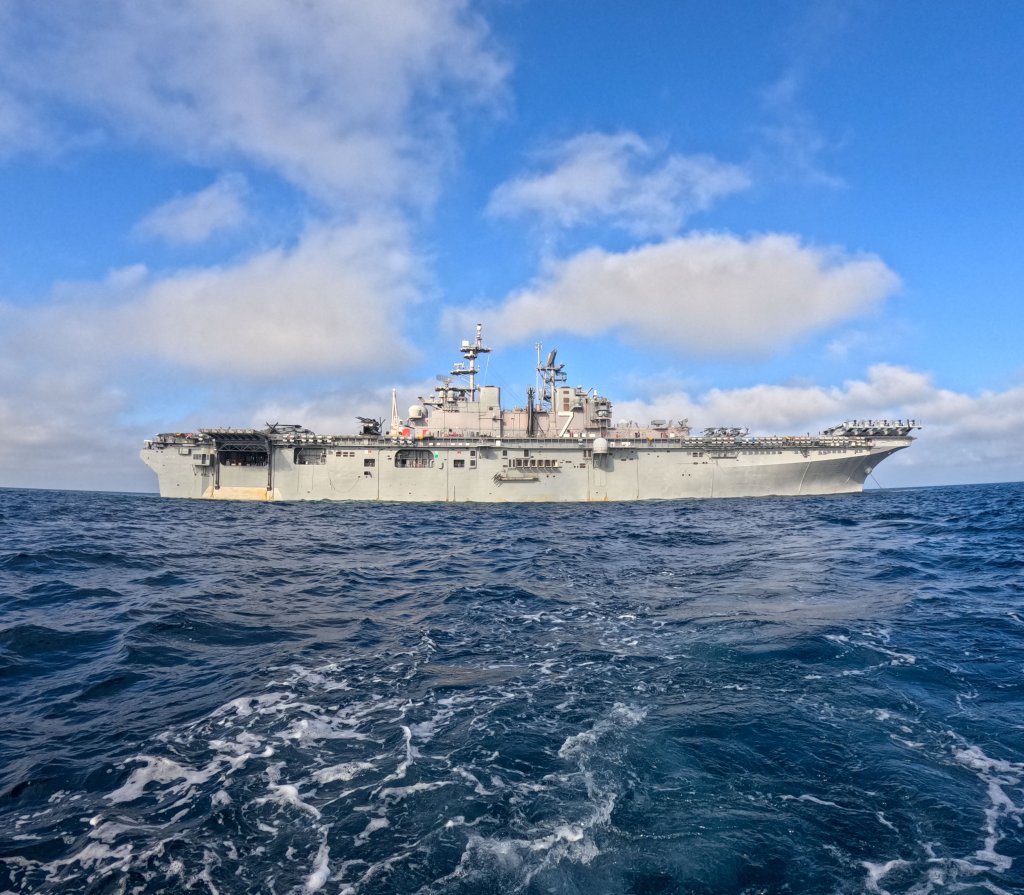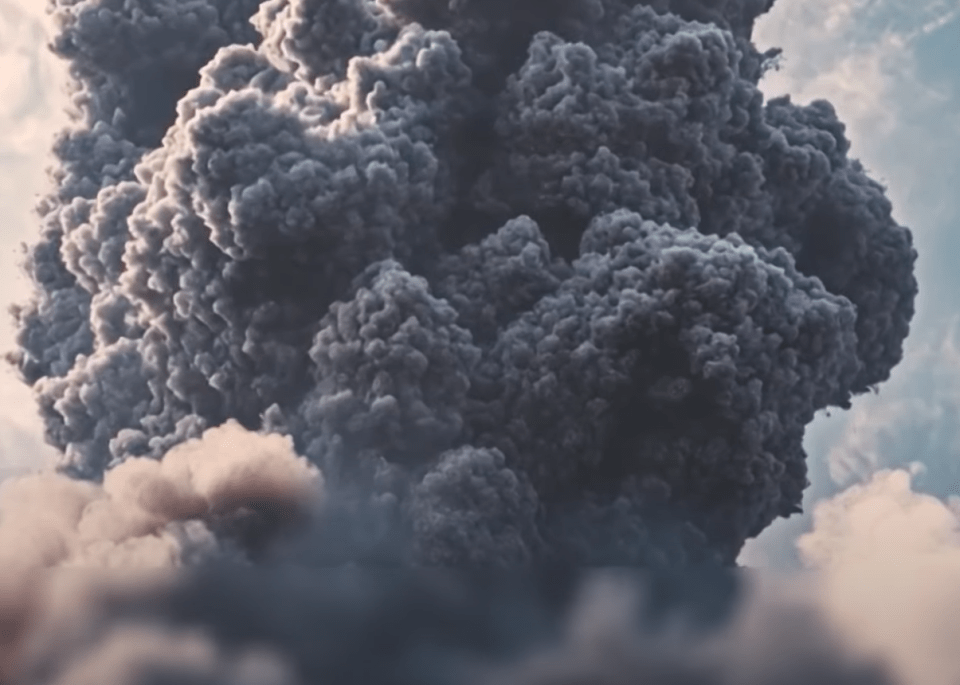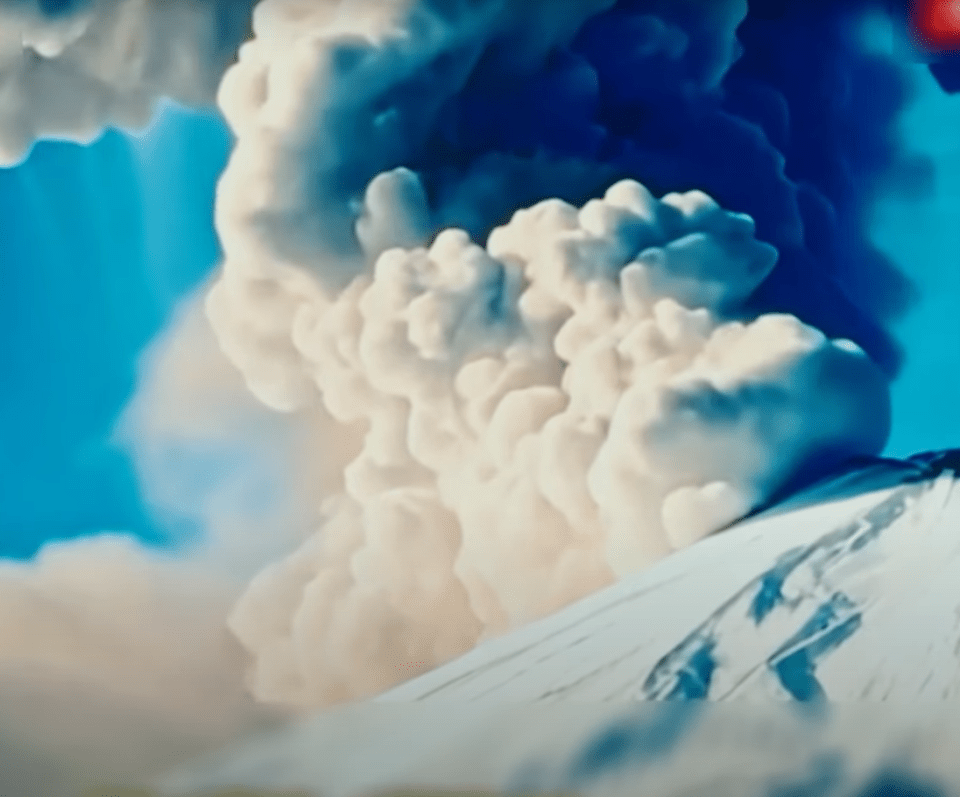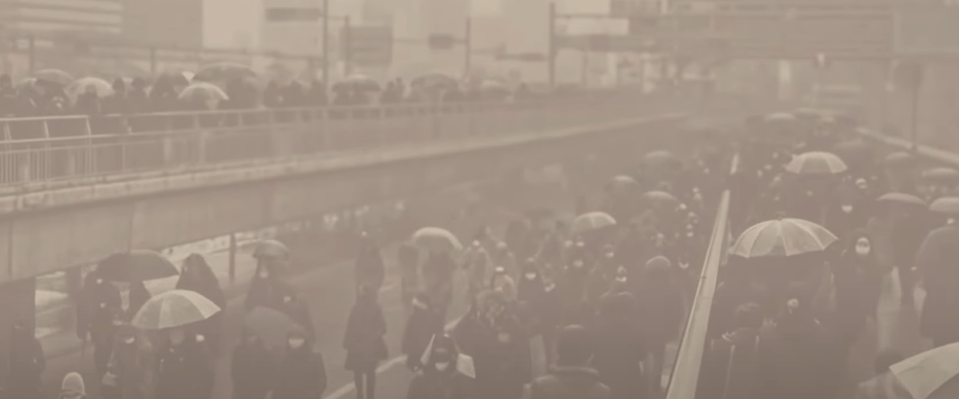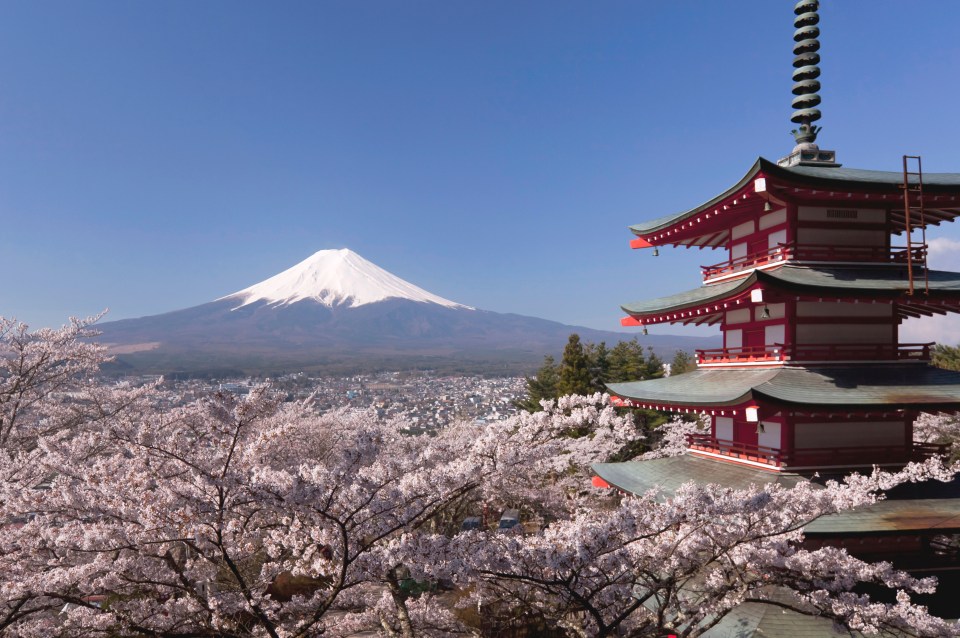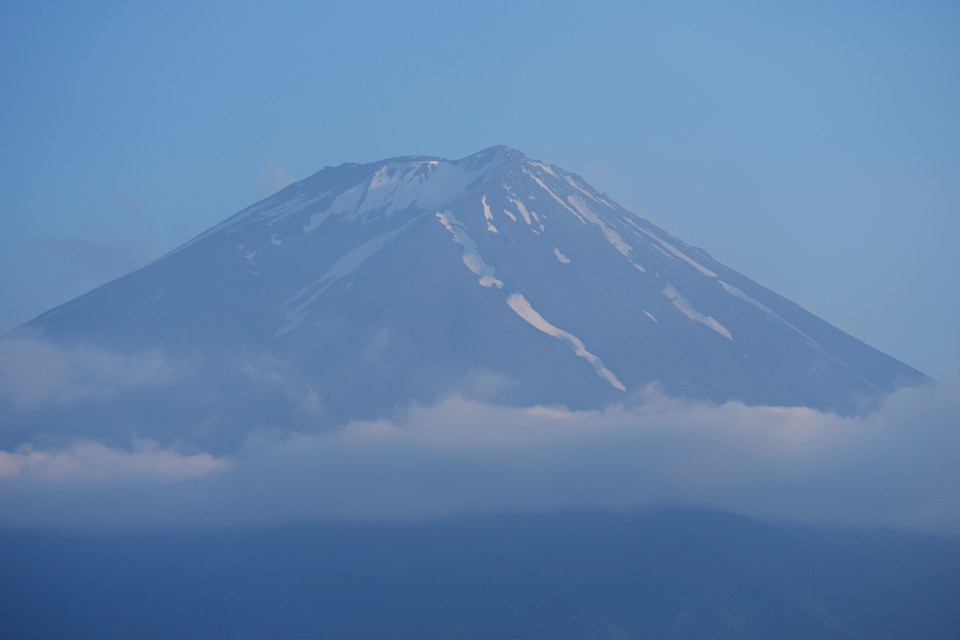Bianca Adler, who is aiming to become the youngest female to conquer the world’s highest peak, has admitted her devastation at having to turn around when so close to the summit
A girl who is in the process of attempting to climb Mount Everest has been praised on social media after her latest update revealed the toll four days in the mountain’s ‘Death Zone‘ had had on her – before things took an even worse turn. Climbing Everest is a complicated process, which typically requires mountaineers to spend months training both physically and mentally, as well as acclimatising to such high altitudes.
Bianca Adler, 17, is already the youngest female to reach the summit of Manaslu [the eighth-highest mountain in the world at 8,163 metres] and Ama Dablam [6812 metres], and now she has her sights set on the world’s highest peak too. The teenager is documenting her progress, with her clip on TikTok going viral, with a staggering 26million views in just 24 hours.
In it, Bianca shared footage of herself struggling to catch her breath after returning to her camp. Climbers are required to complete their ascent in stages, working their upwards via several camps along the treacherous route.
‘Death Zone’ sits at the ridge of Everest’s summit, some 8,000 metres above sea level and close to its peak of 8,849 metres. It is so-called as the pressure of oxygen is insufficient to sustain human life for an extended time span.
Camp 2, meanwhile, which is located on the expedition’s more popular South Route, sits at approximately 6,553 metres high – and it is the trek there from Base Camp (5,364 meters) that Bianca is currently working on.
Barely able to speak, she muttered under her breath: “I just got back from Camp 2 and I’m at Base Camp and I feel horrible.”
Coughing and gasping for air, she continued: “My throat and my lungs… I’m so out of breath even though yesterday I was at 8,000 metres. I’m feeling the worst I have ever felt.”
In a follow-up video shared on Tuesday (September 23), a dejected Bianca explained that she later made it as high as Camp 4 (7,925 metres) but was “devastated” after being forced to turn around for her own safety.
“It’s so hard. I was feeling so good and so strong but I had to turn around due to something out of my control,” she explained, with the aid of an oxygen mask. “I can’t do anything about that and it would have been stupid to carry on.”
She elaborated on Instagram: “I had to turn around on Mt Everest at 8450m (400m below the summit). The winds were way too strong for what I believed was right for my own safety. I could feel my hands and toes going numb, the first step of frostbite.
“I couldn’t see anything, there was snow blowing everywhere. It was an extremely tough decision, but I always want to choose life over a potential summit. I felt strong, like I could summit, and was devastated.”
Bianca continued: “The next night, my Sherpa guides and I tried again from Camp 4, but I was too exhausted from the 10-hour effort the previous night, and turned around. After three nights, and almost four days in the Death Zone at 8,000m or above, we descended back down to Camp 2.”
She concluded: “On the summit push, dad got sick and stayed at Camp 2 whilst I went up. On the way down, he was still sick and I was exhausted. We both got diagnosed with HAPE (high altitude pulmonary edema) and dehydration (which is normal for mountaineering). I still feel quite sick and extremely exhausted so taking time to recover.”
Scores of mountaineers were quick to praise Bianca’s efforts, however, offering words of comfort and encouragement. “I’m more impressed by how you handled this situation than if you would have pushed yourself to the top… now you can live another day,” one responded on Instagram. “That is what’s important. A true warrior.”
A second person noted: “Such a great effort and the summit isn’t what matters the most, sounds like it was extremely hard and you had to push yourself far but still had to make a tough, but correct decision, which is one of the most valuable and fulfilling experiences you can have in the mountains. So proud!”
Whilst a third individual confessed: “I can’t even imagine how thought that decision was, but safety is always number 1 and you made the right choice. The mountains will always be there girl, well done and huge congratulations on everything you achieved this season.”

